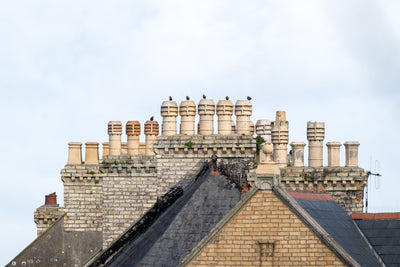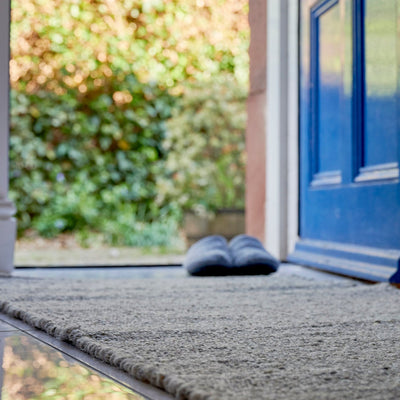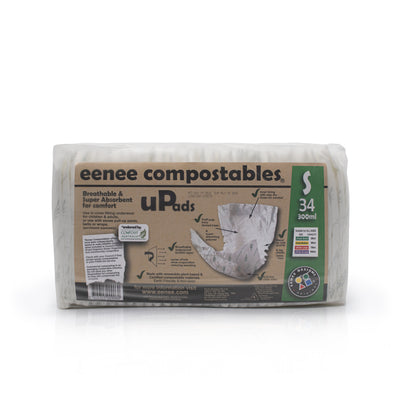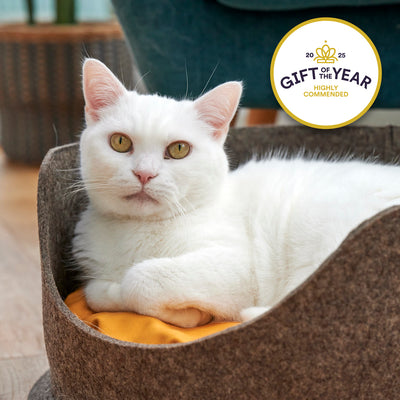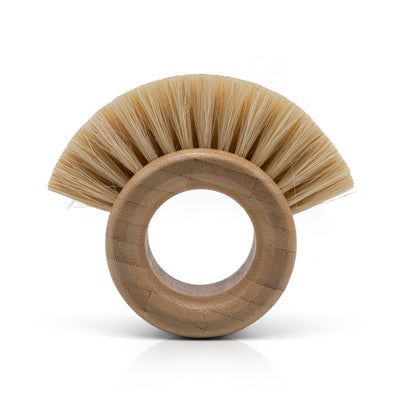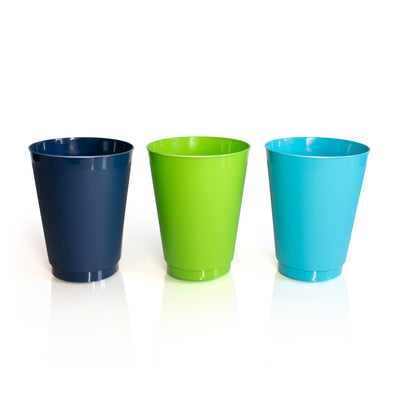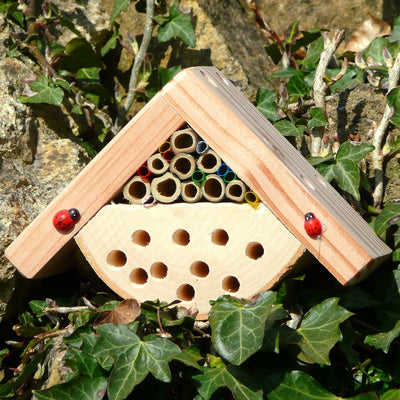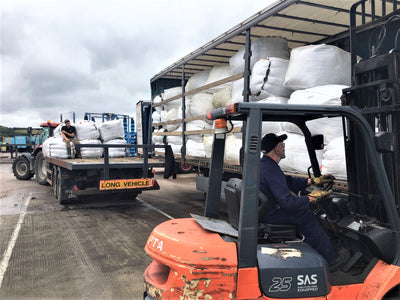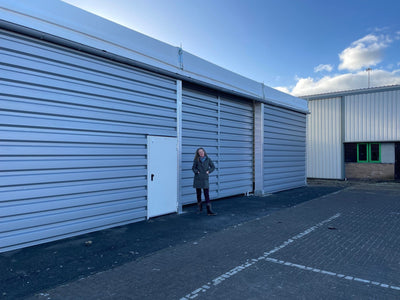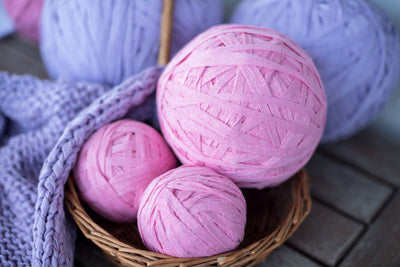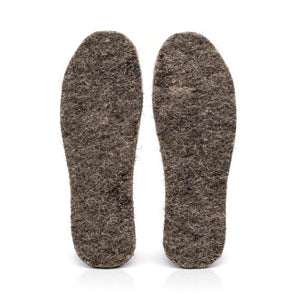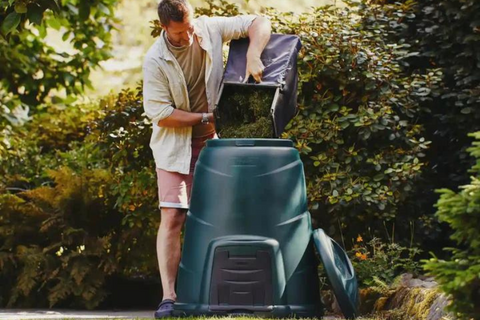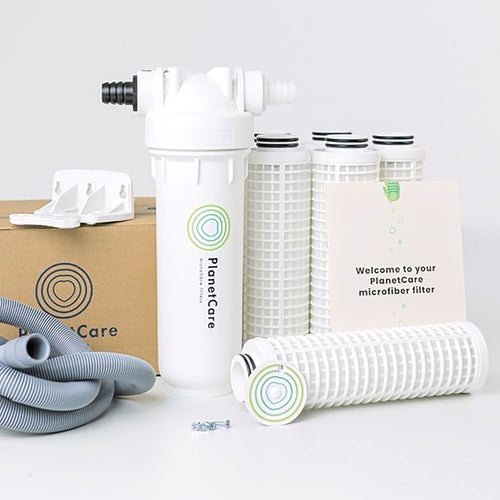
As a family we have always composted. I remember as a child, visiting my granny and seeing the compost bins in various levels of maturity in her garden. One that was actively having household and garden waste added to it, one that was full and left to do its composting thing, and one that had formed lovely crumbly humus to be used around the garden.
For us, having a compost bin under the sink was just a standard part of disposing of waste. Chatting to colleagues about compost, I realise that this is not standard practice for a lot of people. If the council doesn’t provide a food waste collection service, then the vegetable peelings and food waste and everything go in the general waste, where it generates methane, a greenhouse gas 25 time more powerful than carbon dioxide. Compost is perceived to be a complicated process. When it goes wrong it can be quite unpleasantly stinky. But it's not that complicated and you really don’t need to be a gardener or a compost professional to compost your food waste. There are a range of composting products available that make the process easy. We stock some of them, and others are often available at discounted rates from local councils.
The Green Joanna, for example, is a brilliantly easy way of composting all organic waste from the household, including meat and dairy produce. You can even put our compostable nappy pads in it. If it starts looking a bit wet or gungy you can add shredded paper or ripped-up cardboard.
A lot of councils give these composters away for free, or at a subsidised rate. If you stand it somewhere on soil, worms just find their way in and get it sorted for you. You don’t need to turn it or bother with much at all. You hardly ever need to empty it, as the worms tend to busy about in the soil and take a lot of the vegetable matter with them. They don’t actually consume the waste. Bacteria does that. Then the worms eat the bacteria. It’s all fascinating if you want to investigate more!
On the subject of worm composters, we've got a lovely curvaceous terracotta worm composter that is almost too good to bury! This is perfect if you have a small garden, or you want to recycle garden waste into nutritious compost in a raised bed. Just bury it, put the vegetable peelings in, and let the worms get to work! In some cases you will have to introduce wigglers, but usually the worms in the soil will find the compost and quickly multiply.


We sell 23 litre compost caddies that hold a decent quantity of kitchen waste before you have to take it out to the garden compost bin. They have a neat lockable lid and even better: they are made of recycled household plastic. We like to close the loop wherever we can.
Our modular plastic wood composters are made of a mixture of different types of recycled plastics combined to make a dense and durable plastic lumber. These are easily slotted together (they're kind've fun to build!) and unlike timber versions, they don't rot down. These are ideal for composting garden waste, and food waste like vegetable peelings, teabags, coffee grounds and suchlike. It's not advisable to put food waste that is likely to attract vermin into this type of composter, as it's too easy for them to get in. But they are perfect for garden waste, shredded paper, ink-free cardboard, and stuff like that.
When the the garden and food waste has formed itself into friable compost, the composter can be dismantled so you can easily distribute it around the garden.
Our netting sacks are very popular, especially in the autumn. They hold piles of dead leaves without them all blowing away again. Then the whole lot biodegrades down together to make a lovely leafmould that mixes nicely with the rest of the compost.

Compost is fascinating and satisfying! It's worth doing a bit of research. If you're new to it, it can seem a bit overwhelming, but basically just get stuck in, give it a go, and experiment a bit.

